By Konstantina Nikou, Analyst KEDISA
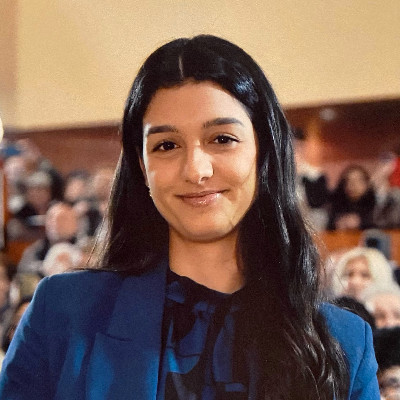 With the end of President Michel Aoun’s term in October 2022, Lebanon experienced a power vacuum, as it failed to elect a new government until January 2025. After two years of failed attempts to elect a president, Lebanon voted the country’s army commander and Maronite Christian, Joseph Aoun, as the new Head of State. The former army commander, who is known for keeping a low profile while being honest and direct, made it clear from the first months of his presidency that he aims to disarm Hezbollah and transform it from a militia to a common political party. The Lebanese government tasked the Lebanese Armed Forces (LAF) with developing a plan to establish a state monopoly on arms by the end of 2025. The LAF is the country’s national army, composed entirely of volunteers, as compulsory military service was officially abolished back in 2007. It is composed of around 80,000 active personnel, who are entrusted with dismantling all of Hezbollah’s military infrastructure within the country and remain the only security force in Lebanon.
With the end of President Michel Aoun’s term in October 2022, Lebanon experienced a power vacuum, as it failed to elect a new government until January 2025. After two years of failed attempts to elect a president, Lebanon voted the country’s army commander and Maronite Christian, Joseph Aoun, as the new Head of State. The former army commander, who is known for keeping a low profile while being honest and direct, made it clear from the first months of his presidency that he aims to disarm Hezbollah and transform it from a militia to a common political party. The Lebanese government tasked the Lebanese Armed Forces (LAF) with developing a plan to establish a state monopoly on arms by the end of 2025. The LAF is the country’s national army, composed entirely of volunteers, as compulsory military service was officially abolished back in 2007. It is composed of around 80,000 active personnel, who are entrusted with dismantling all of Hezbollah’s military infrastructure within the country and remain the only security force in Lebanon.
Several members of parliament have endorsed the government’s decision. For instance, MP Simon Abi Ramia expressed his full support for the Cabinet’s decision, stressing that sovereignty means the state’s exclusive possession of arms. He also added that Israel’s continued occupation of the five strategic border points in southern Lebanon is also a violation of the country’s sovereignty. Despite the agreement made between Israel and Lebanon, where Israel was expected to withdraw its troops from the Lebanese borderline, the former failed to fulfill its obligation while it continued to conduct airstrikes to prevent, as it claims, Hezbollah from rebuilding its capacities.
The Lebanese government’s decision was endorsed by the U.S., which delivered a disarmament plan to the Lebanese authorities on June 19th. The plan included 4 phases and was presented by Tom Barrack, the U.S. Ambassador to the Republic of Türkiye and Special Envoy for Syria. The first phase (within 15 days after the acceptance of the U.S. proposal) of the roadmap mentions that the Lebanese government must issue a decree committing to Hezbollah’s disarmament. In exchange, Israel must cease all military operations against the Arab country. Phase 2 (within 60 days) would require the commencement of the implementation of the disarmament plan along with the beginning of Israeli troops’ withdrawal. During Phase 3 (within 90 days), Israel will have to conclude the withdrawal of its forces, and the reconstruction funding of Lebanon will be secured. The final phase (within 120 days) includes the dismantlement of Hezbollah’s remaining heavy weaponry and the conduction of an economic forum to support the Lebanese reconstruction and overall economy with the participation of the United States, Saudi Arabia, Qatar and France, among others.
On August 5th, Hezbollah’s secretary general, Naim Qassem, rejected the government’s plan of disarmament and called it a result of U.S. commands that fully serves Israel and its interests. Two days later, during the cabinet meeting where Beirut approved the U.S. proposal on disarmament, Hezbollah ministers along with Shiite allies left the room. This is not the first time that Hezbollah has been called to disarm, as the UN has called for a disarmament of militias both in 2004 and 2006, however, it is the most direct and well-structured one. But what factors have enabled the militia to develop such a significant arsenal?
Hezbollah was founded in 1982, following the Israeli invasion of Lebanon and during the Lebanese Civil War (1975-1990). After the end of the civil war, it was the only group allowed to keep its weapons, as it aspired to deter the Israeli aggression, as it claimed. Iran provides the majority of the group’s weapons, including drones, rockets, and missiles, along with training and significant funding. Syria, under the authority of Bashar al Assad, was also a loyal ally of Hezbollah, as it facilitated the transfer of weapons from Tehran to southern Lebanon. The militia’s involvement in the Syrian Civil War has also offered experience to the group. Moreover, apart from being an armed group and Iranian proxy, Hezbollah is a political organization, which has representatives within the parliament and has an alliance with the “Amal Movement”. As a result, Hezbollah became the most powerful non-state group in the Middle East.
However, several events led to a degradation of the militia’s strength and reputation. Israel has managed to penetrate the militia’s intelligence and achieve the elimination of its longtime leader, Hassan Nasrallah. Besides, Israel’s pager attack against Hezbollah in September 2024 exposed the vulnerability in the militia’s communication infrastructure and called the security of the group’s supply chain into question. The fall of the Assad regime in Syria, in combination with the degradation of Iran’s capabilities after the Israeli strikes on its nuclear facilities, has also contributed to Hezbollah’s weakened position, limiting its access to funding and weapons.
These drawbacks are not sufficient for Hezbollah to give up its weapons. Nonetheless, weakened external support, combined with declining influence and acceptance from the Lebanese people, could serve as leverage to persuade the group to retreat. The deadline given by the Lebanese government is an important margin of opportunity, however, Qassem has made it clear that his group has no intention of proceeding to disarmament. The real question is how determined the Lebanese government is and how far the Lebanese Army can go in order to defend the state’s sovereignty and restrict the monopoly of arms to the official authorities, like in all sovereign countries. President Aoun stated that if Hezbollah members wish to join the LAF, they are welcome to undergo “absorption courses,” without this meaning that they will be allowed to function as a separate unit within the LAF.
Lebanon has suffered excessively from civil war, Israeli invasions, Hezbollah’s clashes with Israel, economic collapse, and the two-year power vacuum. The government does not want to see its army fighting against Hezbollah and dragging the depleted country to a new civil war. The militia must admit that its actions have repeatedly drawn Lebanon into wars with Israel, deteriorated relationships with the Gulf countries, and led to economic isolation and political paralysis, which affected the state’s stability and development. The Lebanese people deserve a sovereign state that can offer them security, prosperity, and sustainable peace, and this could be accomplished only when all actors operate under a unified authority and coordinate their actions under the same legal framework.
Sources
Al Jazeera. (2025, January 09). Who is Joseph Aoun, the new president of Lebanon? Retrieved from
https://www.aljazeera.com/news/2025/1/9/who-is-joseph-aoun-the-new-president-of-lebanon
Bassam, L. (2025, August 07). Exclusive: US plan sees Hezbollah disarmed by year-end, Israeli withdrawal. Retrieved from Reuters: https://www.reuters.com/world/middle-east/us-plan-sees-hezbollah-disarmed-by-year-end-israeli-withdrawal-2025-08-07/?utm_source=chatgpt.com
Jonathan, M. (2025, January 27). Lebanon: How Israel, Hezbollah, and Regional Powers Are Shaping Its Future. Α Retrieved from Council on Foreign Relations: https://www.cfr.org/backgrounder/lebanon-how-israel-hezbollah-and-regional-powers-are-shaping-its-future
Lebanese Presidency. (2025, August 06). Retrieved from X: https://x.com/LBpresidency/status/1952990975711687119
The article expresses personal views
Source: Kedisa.gr

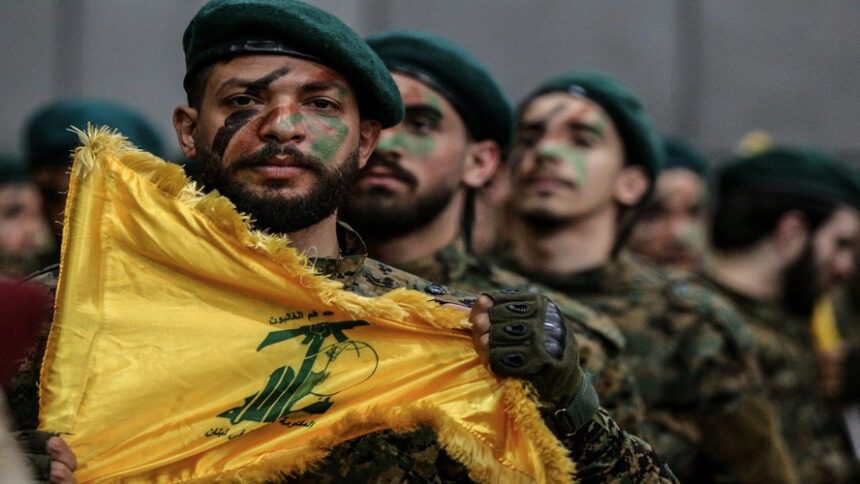







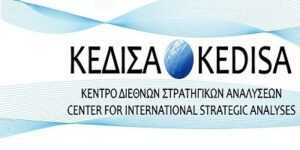
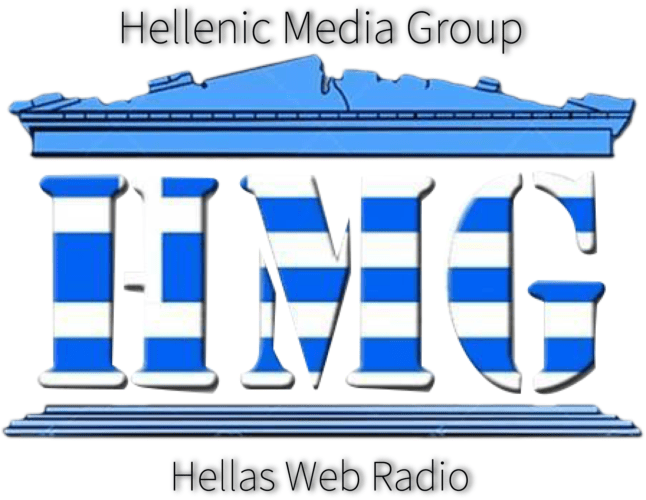
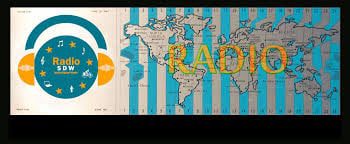
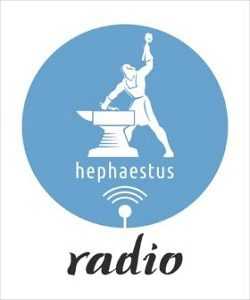


Leave a comment